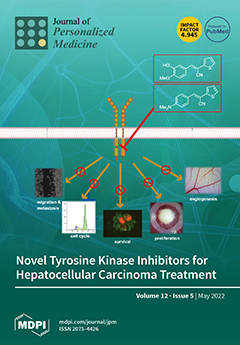Background: The effects of methadone-induced severe prolongation of the corrected QT interval (QTc) and sudden cardiac death appear unpredictable and sex-dependent. Genetic polymorphisms in the nitric oxide synthase 1 adaptor protein (
NOS1AP) have been implicated in QTc prolongation in general populations. We investigated whether common
NOS1AP variants interact with methadone in relation to QTc prolongation in patients with heroin dependence.
Methods: We genotyped 17
NOS1AP variants spanning the entire gene in heroin-dependent patients who received a 12-lead electrocardiography (ECG) examination both at baseline and during maintenance methadone treatment in Cohort 1 and only during maintenance methadone treatment in Cohort 2. The QT interval was measured automatically by the Marquette 12SL program, and was corrected for heart rate using Bazett’s formula.
Results: Cohort 1 consisted of 122 patients (age: 37.65 ± 8.05 years, 84% male, methadone dosage: 42.54 ± 22.17 mg/day), and Cohort 2 comprised of 319 patients (age: 36.9 ± 7.86 years, 82% male, methadone dosage: 26.08 ± 15.84 mg/day), with complete genotyping data for analyses. Before methadone, the QTc intervals increased with increasing age (r = 0.3541,
p < 0.001); the age-adjusted QTc showed dose-dependent prolongation in men (r = 0.6320,
p < 0.001), but abbreviation in women (r = −0.5348,
p = 0.018) in Cohort 1. The pooled genotype-specific analysis of the two cohorts revealed that the QTc interval was significantly shorter in male carriers of the rs164148 AA variant than in male carriers of the reference GG genotype (GG: n = 262, QTc = 423 ± 1.4 ms; AA: n = 10, QTc = 404.1 ± 7 ms,
p = 0.009), according to univariate analysis. The QTc remained shorter in male carriers of the rs164148 AA variant compared to GG genotype (423 ± 1.4 ms vs. 405.9 ± 6.9 ms,
p = 0.016) in multivariate analysis after adjusting for age and methadone dosage. A cut-off QTc interval of <410 ms identifies 100% of AA carriers compared to none of GG carriers when receiving a daily methadone dosage of 30.6 ± 19.3 mg. There was no significant gene-drug interaction in contributing to the adjusted QTc (
p = 0.2164) in male carriers of the rs164148 variants.
Conclusions: Carriers of a common
NOS1AP rs164148 AA genotype variant were associated with a shorter QTc interval in men receiving maintenance methadone treatment. This genetic polymorphism attenuates the QTc-prolonging effect by methadone, and thus may explain at least in part the unpredictable and heterogeneous risks for severe QTc prolongation and sudden cardiac death in patients on methadone.
Full article






